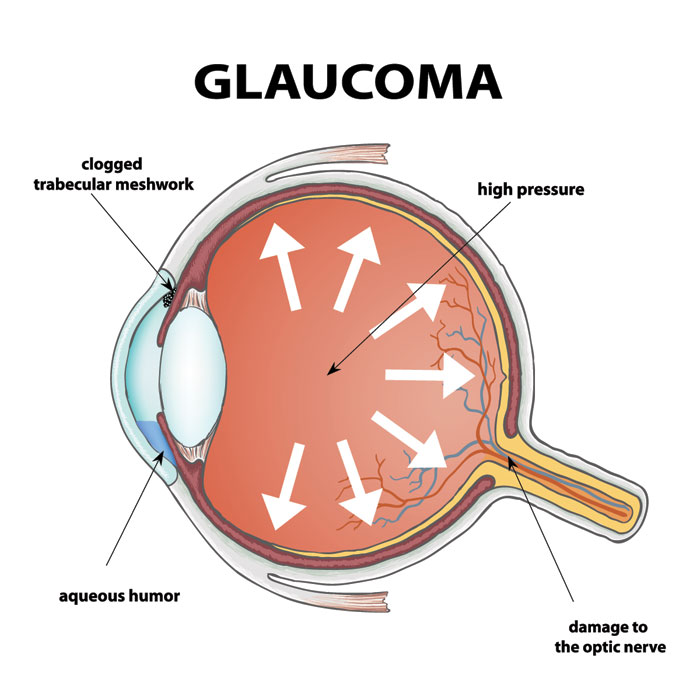Understanding How Glaucoma is Diagnosed: A Detailed Overview
I. Introduction
Glaucoma can lead to vision loss and blindness by damaging the optic nerve at the back of your eye. Symptoms often develop slowly, making early detection essential. The most effective way to protect your eyesight is to undergo regular testing. Understanding how glaucoma is diagnosed can help clarify the process.
II. What Happens During a Glaucoma Check?
While a general eye exam is comprehensive, a glaucoma check involves additional tests specifically designed to evaluate eye health and detect any signs of the disease.
III. Detailed Description of Glaucoma Tests
Several specialized tests are used to diagnose glaucoma, each targeting different aspects of your eye’s condition:
1. Dilated Eye Exam
Eye drops are used to widen (dilate) your pupils, allowing the doctor to examine the inside of your eye for signs of glaucoma.
2. Tonometry
This test measures intraocular pressure (IOP). High eye pressure can indicate an increased risk of glaucoma.
3. Gonioscopy
This procedure checks the angle where the iris meets the cornea, determining whether it’s open or closed. It helps identify the type of glaucoma.
4. Visual Field Testing
Also known as a peripheral vision test, this assesses your full range of vision to detect blind spots or vision loss caused by glaucoma.
5. Pachymetry
This test measures corneal thickness. A thinner cornea can increase the likelihood of developing glaucoma.
IV. How Glaucoma is Diagnosed
Doctors evaluate test results by comparing them with normal ranges. Combining these findings provides a complete picture of your eye health, enabling accurate diagnosis.
V. Understanding Your Glaucoma Diagnosis
There are several types of glaucoma: – Open-Angle Glaucoma – Angle-Closure Glaucoma – Normal-Tension Glaucoma
Each type requires specific treatment. While a diagnosis may seem daunting, it’s the first step toward preserving your vision.
VI. Preparing for Your Glaucoma Test
Bring your eyeglasses or contact lenses, along with a list of medications you’re taking. Being prepared ensures accurate results.
VII. Monitoring Your Glaucoma: Follow-Up and Treatment
Once diagnosed, regular follow-ups are crucial. Monitoring includes checking eye pressure and assessing vision changes. Treatment options range from medicated eye drops to surgery, depending on the severity.
Early detection and timely treatment can slow the progression of glaucoma. Regular eye exams and proper care are key to maintaining healthy vision.
VIII. FAQs
Have more questions? This section addresses common concerns about glaucoma diagnosis. Consult your eye care professional for personalized advice.




